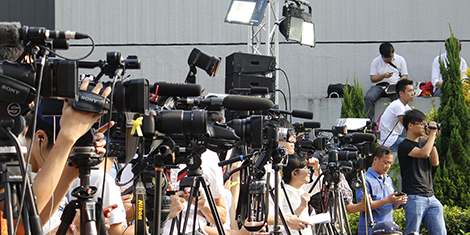
This article was originally published by Political Violence @ a Glance on 1 May 2019.
The Easter morning attack in Sri Lanka reminds us that, when it comes to terrorism, governments often want to reduce the amount of media attention attackers receive. This is why the Sri Lankan government initially withheld the names of the attackers who killed nearly 300 and injured many more. The desire to deny perpetrators publicity is also why New Zealand Prime Minister Jacinda Arden publicly refused to utter the name of the gunman who killed fifty people attending mosques in Christchurch. A similar impulse can be seen in US President Barack Obama’s attempt to downplay the threat from ISIS by calling them the “jayvee team.”


